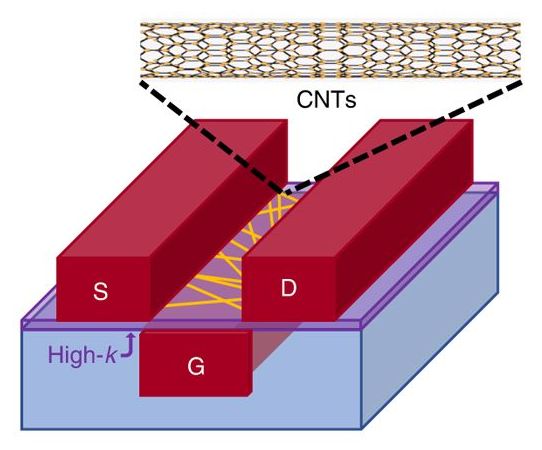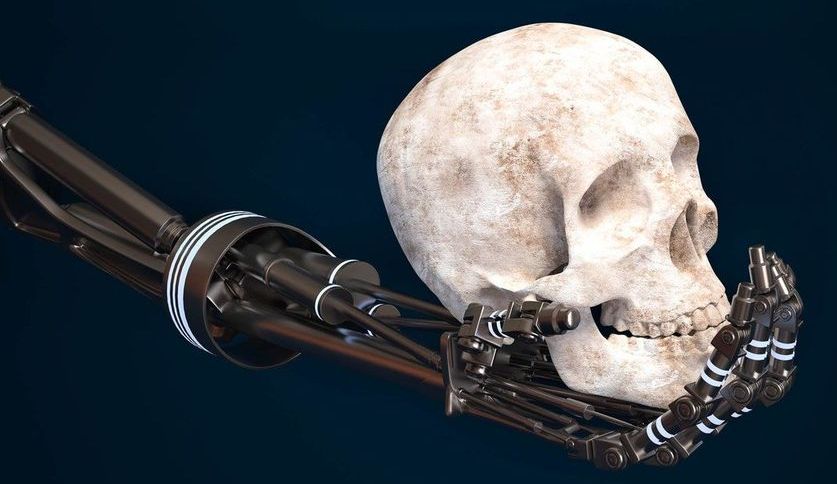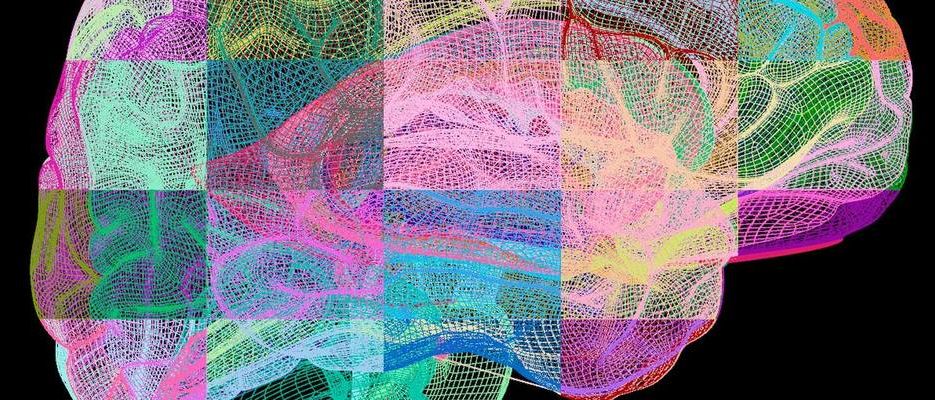Fascinating talk on a fun topic.
How does quantum logic differ from classical logic? How do we live in a universe that accommodates both?
Is it possible to observe quantum logic at work in our macroscopic world?
Surprisingly a little bit of quantum logic can disentangle some of our clumsy everyday conceptualisations of biology, language and culture.
Slides / Prezi: https://prezi.com/sellcdridu0v/quantum-logic-the-rise-of-the-memes-2019
Speaker: Chris Guest — President of Vic Skeptics
Meetup Link: https://www.meetup.com/Science-Technology-and-the-Future/events/263849500







